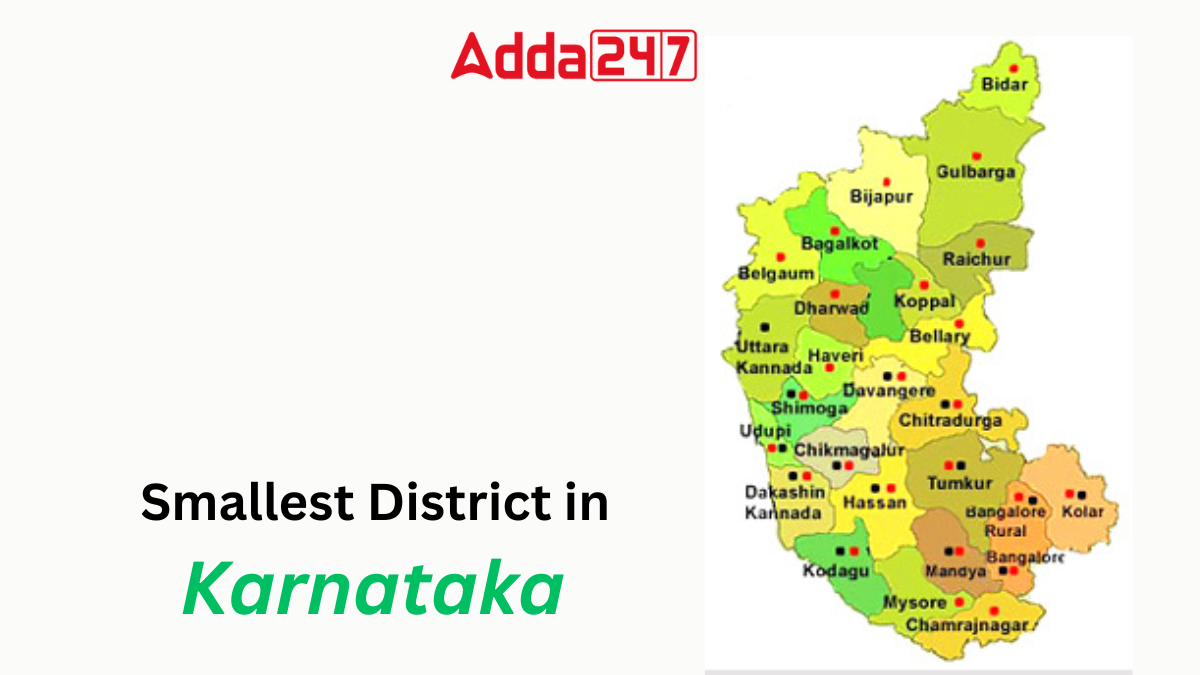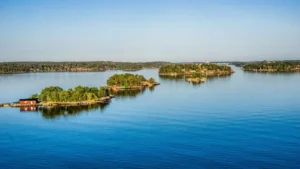Bangalore Urban district, the smallest among the thirty-one districts of Karnataka, is a bustling hub of technology, culture, and commerce. Formed in 1986 following the partition of the erstwhile Bangalore district, it stands out as the state’s most densely populated district, encapsulating the vibrant city of Bangalore.
Smallest District in Karnataka – Historical Significance
The district came into existence with the bifurcation of Bangalore district in 1986, creating Bangalore Urban and Bangalore Rural districts. This partition marked a crucial moment in the administrative landscape, paving the way for focused development and governance in the urban center.
Smallest District of Karnataka – Geographical Context
Bordered by Bangalore Rural district to the east and north, Ramanagara district to the west, and Krishnagiri district of Tamil Nadu to the south, Bangalore Urban is strategically located at the heart of Karnataka. It encompasses three taluks – Bangalore City, Yelahanka, and Anekal – each contributing to the district’s dynamic character.
Karnataka’s Smallest District – Administrative Divisions
Comprising seventeen hoblies, 872 villages, eleven rural habitations, five towns, and one tier-three city, Bangalore Urban district is administered by ninety-six Village Panchayats, ninety-seven Taluk Panchayats, five Town Municipal Councils, one City Municipal Council, and one City Corporation (Mahanagara Palike).
Smallest District in Karnataka – Population and Density
With a population of 9,621,551 as per the 2011 census, Bangalore Urban district has the distinction of being Karnataka’s most densely populated district. The urban population constitutes a significant 88.11%, reflecting the district’s status as a vibrant urban center with a density of 4,378 people per square kilometer.
Cultural and Linguistics Diversity of Karnataka’s Smallest District
The district is a melting pot of cultures and languages. With a majority practicing Hinduism, the religious landscape includes Islam, Christianity, Jainism, and other beliefs. Linguistically diverse, the population predominantly speaks Kannada, followed by Tamil, Telugu, Urdu, Hindi, Malayalam, and Marathi.
Smallest District in Karnataka – Temples and Cultural Heritage
Bangalore Urban is home to numerous temples that contribute to its cultural richness. Notable ones include Gavi Gangadhareshwara Temple, Dodda Basavana Gudi, Halasuru Someshwara Temple, ISKCON Temple Bangalore, Kote Venkataramana Temple, and Banashankari Amma Temple. These sites serve as both religious landmarks and cultural treasures, reflecting the district’s historical depth.
Climate and Environment of Bangalore Urban
The district enjoys a moderate climate, with average temperatures ranging from 16–18 °C. The region experiences a distinctive monsoon season, contributing to the lush greenery and numerous wetlands, as indicated by the National Wetland Atlas.
Karnataka State at a Glance
- Country: India
- Region: South India
- Formation: 1 November 1956, previously part of Mysore State
- Capital and Largest City: Bangalore
- Largest Metro: Bangalore
- Districts: 31, organized into 4 divisions
- Government: Governed by the Government of Karnataka
- Chief Minister: Siddaramaiah (INC)
- Deputy Chief Minister: D. K. Shivakumar (INC)
- National Parliament Representation: Parliament of India, with 12 Rajya Sabha seats and 28 Lok Sabha seats
- High Court: Karnataka High Court
- Area: Total area of 191,791 km2, ranking 6th in India
- Population (2011): Total population of 61,130,704, ranking 8th in India
- Population Density: 320/km2, with 38.67% urban and 61.33% rural population
- Official Language: Kannada, using Kannada script
- Literacy Rate (2011): 75.36%, ranking 23rd in India
- Sex Ratio (2011): 973 females per 1000 males, ranking 6th in India




 Top and Bottom 10 Countries in the Globa...
Top and Bottom 10 Countries in the Globa...
 Which Country has the Highest Number of ...
Which Country has the Highest Number of ...
 Which was the First Country to Start Chr...
Which was the First Country to Start Chr...







